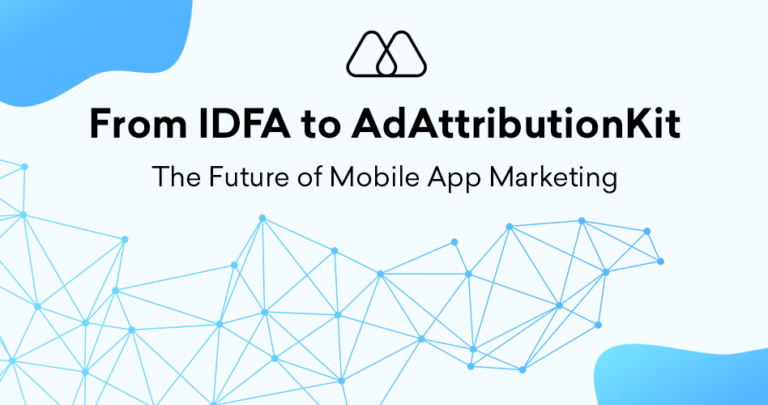In the data-driven world of mobile app advertising, campaign measurement is crucial for optimizing performance and maximizing return on investment (ROI). Urchin Tracking Module (UTM) parameters are the cornerstone of this measurement process, providing granular insights into user acquisition effectiveness across various channels. This article explores UTM parameters within the mobile advertising ecosystem and equips you, the mobile app marketer, to leverage them strategically.
What are Urchin Tracking Module (UTM) Parameters?
UTM parameters are code snippets appended to the end of a URL. They capture specific data points about user interactions with your ad, allowing you to track campaign performance across diverse advertising platforms and channels. Here’s a breakdown of the key UTM parameters:
- utm_source: Identifies the source of the traffic, such as a specific ad network (“google_ads“) or a social media platform (“Facebook“).
- utm_medium: Specifies the advertising medium used, like “CPC” (cost-per-click) or “email.”
- utm_campaign: Designates the specific marketing campaign the ad belongs to (e.g., “summer_sale”).
- utm_content: Allows further campaign differentiation within the same medium (e.g., ad creative A vs. ad creative B).
The Power of Urchin Tracking Module (UTM) Parameters
Urchin Tracking Module (UTM) parameters offer mobile app marketers a multitude of benefits:
- Granular Campaign Analysis: UTM parameters go beyond just tracking app installs. You can understand user behavior post-install, such as in-app purchases or completed actions, providing valuable insights into campaign effectiveness.
- Multi-Channel Attribution: By using consistent UTM parameters across different marketing channels, you can identify the most effective channels for user acquisition and understand how various touchpoints contribute to the user journey.
- Data-Driven Campaign Optimization: UTM data allows you to optimize campaigns based on performance. You can identify high-performing channels, adjust budgets accordingly, and refine ad creatives for better results.
- ROI Measurement: UTM parameters assist in calculating campaign ROI by providing data on user acquisition costs and subsequent in-app revenue or other valuable user actions.
Implementation and Best Practices
Here are some key pointers for effective UTM parameter implementation in your mobile app advertising campaigns:
- Utilize UTM Tag Generators: Several online tools simplify UTM parameter generation, ensuring proper syntax and structure for accurate data collection.
- Maintain Consistent Naming Conventions: Develop a clear and consistent naming convention for your UTM parameters across all campaigns for easier data analysis.
- Track Beyond Installs: Go beyond just tracking app installs. Leverage UTM parameters to understand user behavior post-install and identify valuable user actions within your app.
- Integrate with Analytics Platforms: Integrate your UTM parameters with your mobile app analytics platform for comprehensive campaign performance reporting and data visualization.
5 Key Takeaways from UTM Parameters
- The foundation of Measurement: UTM parameters are essential for tracking mobile app advertising campaign performance.
- Key Parameters: utm_source, utm_medium, utm_campaign, utm_content (focus on these four for mobile app advertising).
- Benefits: Granular analysis, multi-channel attribution, campaign optimization, ROI measurement.
- Implementation: Use UTM generators, maintain consistent naming, track beyond installs, and integrate with analytics.
- Unlock Growth: Leverage UTM parameters for data-driven decision-making and successful mobile app user acquisition.
Urchin Tracking Module (UTM) parameters are powerful tools for any mobile app marketer. By understanding their functionalities, benefits, and implementation best practices, you can leverage them to gain valuable insights into campaign performance, optimize your marketing efforts, and achieve sustainable user acquisition growth for your mobile app.




